1. Lobster
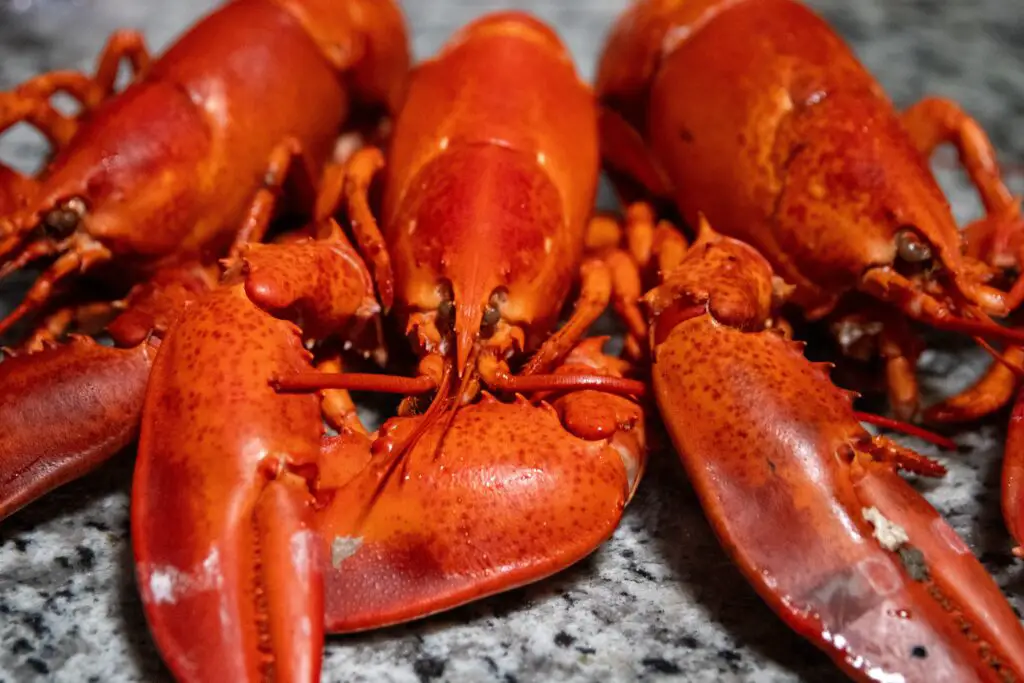
Believe it or not, lobster used to be considered peasant food. Back in colonial America, it was so plentiful that it would wash up on shore in heaps, and people fed it to prisoners, servants, and even livestock. In fact, some servants had clauses in their contracts stating they wouldn’t be forced to eat lobster more than twice a week shares Housely. That’s how lowly it was seen!
But as lobster became scarcer and rail transport improved, it found its way onto fancy hotel menus and became a delicacy for the wealthy. Suddenly, the same crustacean people once begged to avoid was being served with butter and white wine. Today, ordering lobster is almost a symbol of a splurge. It’s wild how tastes and status can shift over time adds Listonic.
2. Chocolate
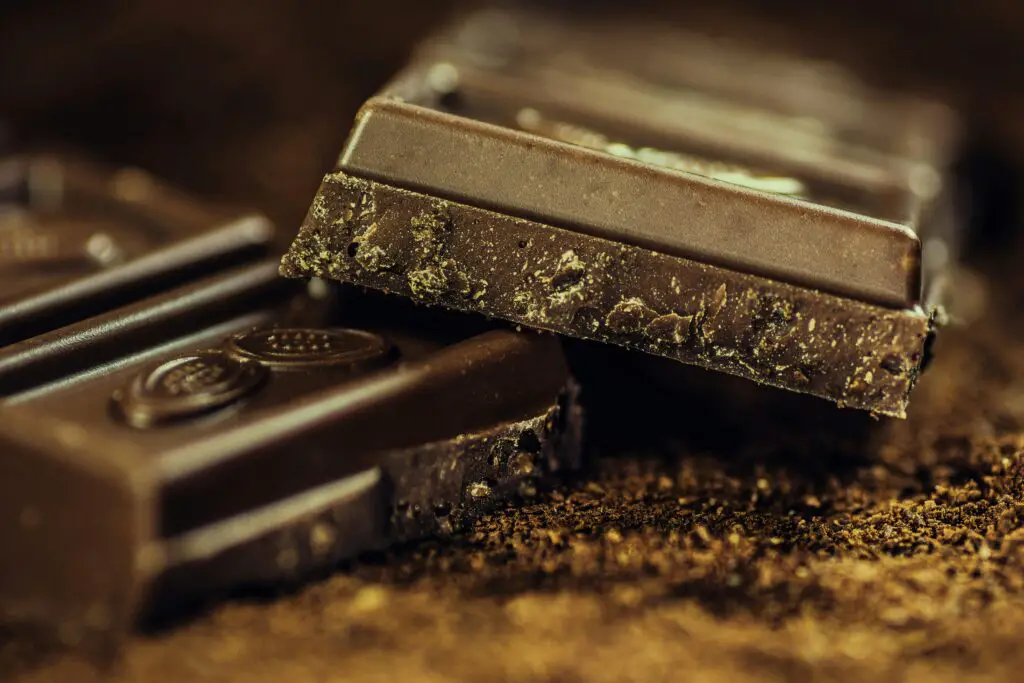
Long before we were munching on chocolate bars or baking brownies, chocolate was a sacred and luxurious drink. The ancient Maya and Aztecs used cacao in religious ceremonies and believed it had divine properties. Cacao beans were even used as currency—imagine paying your rent in Hershey’s Kisses! But this version of chocolate was bitter and spiced, nothing like the sweet treat we know today shares Wikipedia.
When it made its way to Europe in the 16th century, it quickly became a status symbol. Aristocrats sipped it in special chocolate houses, and only the rich could afford it due to its cost and imported status. Sugar was also expensive, so sweetened chocolate was doubly fancy. For a while, it was practically royal medicine in a cup explains Storypick.
3. Foie Gras
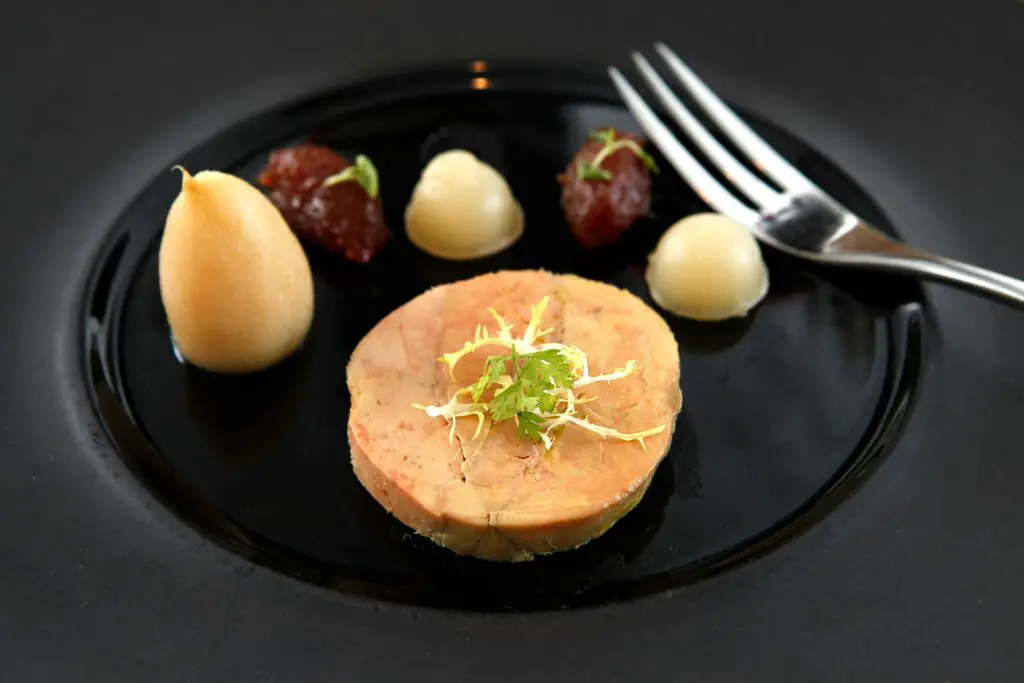
Foie gras, made from the fattened liver of ducks or geese, has long been associated with opulence and decadence. The technique dates all the way back to ancient Egypt, but it really took off in French aristocracy. Its buttery texture and rich flavor made it a prized item at royal feasts. It wasn’t something you’d ever find at a commoner’s table.
Today, it still has a reputation for being fancy, though it’s also a hot topic of controversy due to how it’s made. You’ll typically see it on high-end menus, often paired with fruit or served as a pâté. It’s one of those dishes that screams luxury, even if it’s not everyone’s cup of tea. And for centuries, it truly was a dish reserved only for the elite.
4. Ice Cream

Before you could grab a pint of ice cream from your freezer, it was a luxury that took serious effort and resources to enjoy. In ancient China and later Persia, desserts made with snow and flavored syrups were an early form of ice cream. But in Europe, it wasn’t until the Renaissance that ice cream as we know it became a royal indulgence. You needed access to ice houses, sugar, and special equipment just to make a small batch.
Catherine de’ Medici and King Charles I of England are both rumored to have served it at lavish banquets, and recipes were kept secret among palace kitchens. It was literally too expensive and too complicated for the average person to even think about making. Fast forward to today and it’s a comfort food staple—but once upon a time, it was the dessert of queens and kings.
5. Saffron
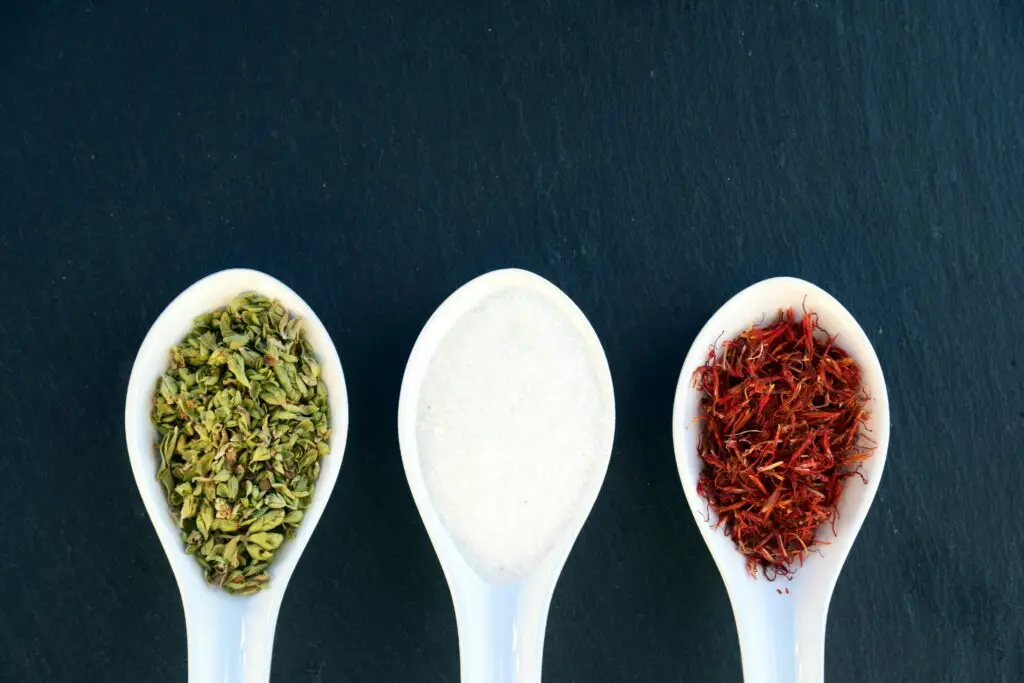
Saffron has always been one of the most expensive spices in the world, and for good reason. It comes from the delicate stigmas of the crocus flower, and each flower only produces a tiny amount. It takes around 75,000 flowers to make a single pound of saffron! That kind of labor made it incredibly precious and prized by ancient royals and nobles alike.
Kings and emperors would use it in food, perfumes, and even dyes. Ancient Greeks and Romans believed it had healing properties and used it for everything from cooking to bathing. In medieval times, laws were passed to prevent the sale of fake saffron because it was that valuable. Even now, a small jar can cost you more than a decent bottle of wine.
6. Truffles
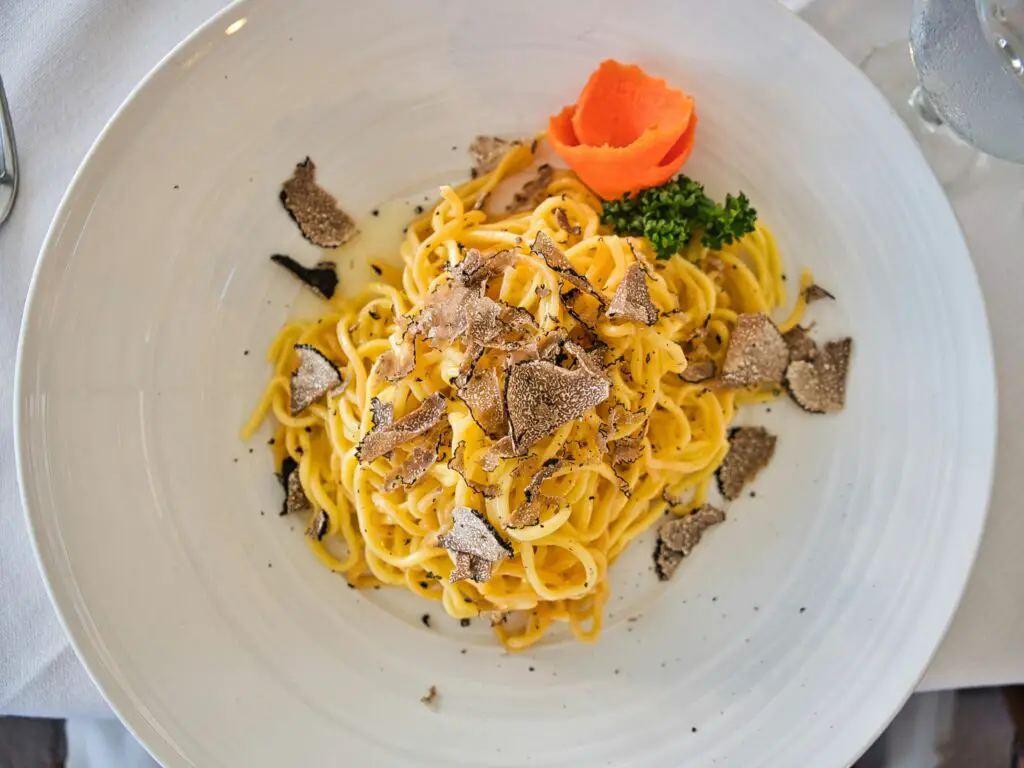
Before truffle fries became trendy, truffles were the earthy, mysterious gems of royal kitchens. These fungi grow underground and are incredibly hard to find, which is why trained dogs or pigs are used to sniff them out. For centuries, they were hunted in European forests and prized for their strong aroma and flavor. Only the wealthiest could afford to indulge in them.
French and Italian aristocrats often served them at banquets to impress guests. The difficulty of harvesting them added to their allure, making them a true symbol of luxury. Today, they’re still pricey and used sparingly in gourmet dishes. But back then, they were practically edible treasure.
7. White Bread
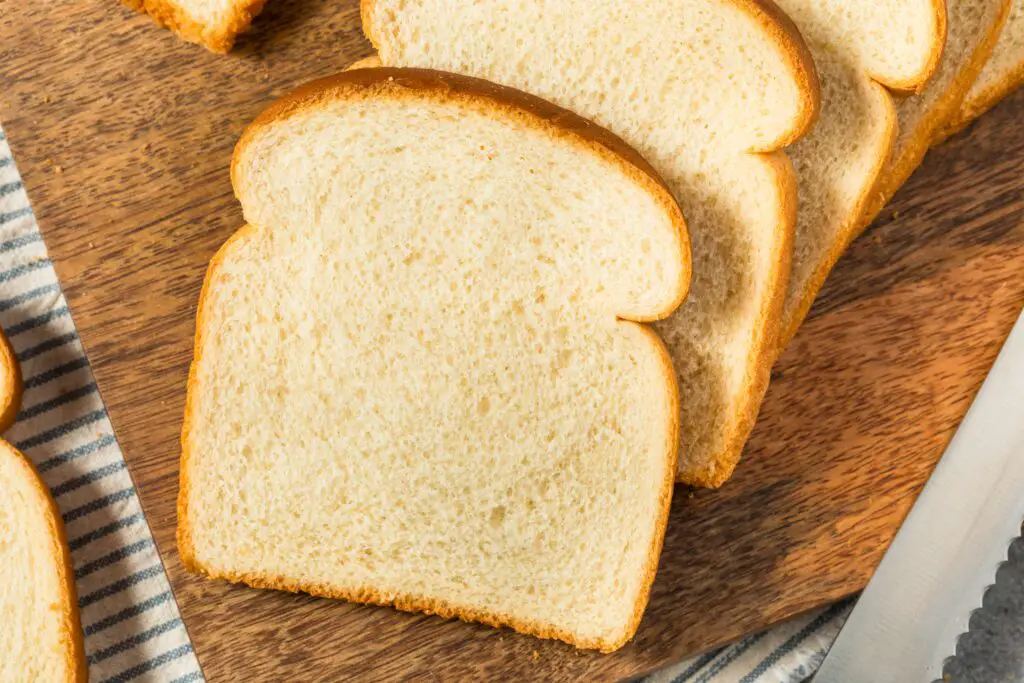
White bread may seem plain now, but back in the day, it was a real status symbol. In medieval Europe, only the upper classes could afford refined flour that produced soft, white loaves. Poorer folks had to settle for coarse, darker breads made from rye or barley. The whiter the bread, the higher your rank was perceived to be.
It wasn’t just about taste—it was about showing off what you could afford. White bread was often served at banquets and on silver platters, while peasants ate from wooden boards. It’s funny to think how something so basic now was once a mark of prestige. These days, many people actually prefer whole grain!
8. Pineapples
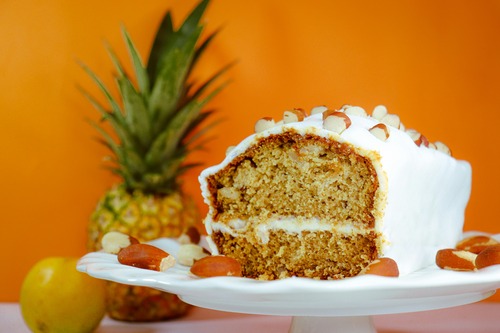
Pineapples were once so rare and expensive in Europe that they became symbols of wealth and hospitality. When explorers brought them back from the Americas, European royals were fascinated. They were nearly impossible to grow in the chilly European climate, so getting your hands on one meant importing it at a huge cost. Some people even rented pineapples just to show them off at parties!
Kings and queens would use them as centerpieces at feasts, often without even eating them. They were that precious. Eventually, greenhouses known as “pineries” were built just to cultivate them for the elite. It wasn’t until the 20th century that canned pineapple made the fruit more widely available.
9. Cinnamon
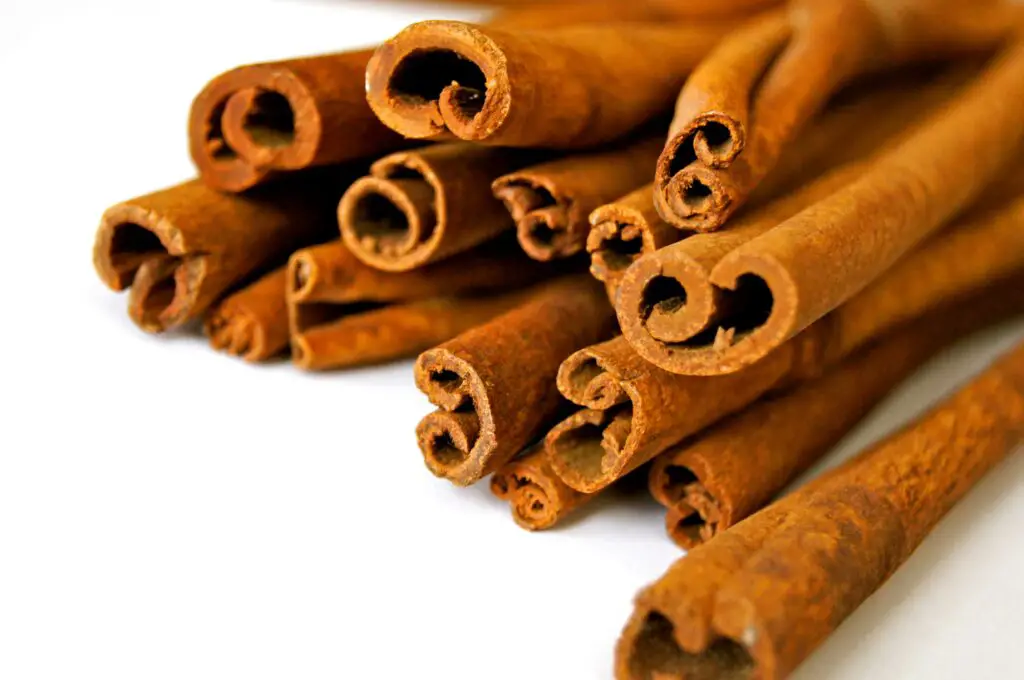
Cinnamon was once more valuable than gold, and for a while, its source was a mystery in Europe. Arab traders kept it a secret to maintain high prices and would spin tales about it being harvested from dangerous nests guarded by giant birds. That added to the allure and kept the spice firmly in the domain of the wealthy. Royals would use it in everything from mulled wine to perfumes.
By the Middle Ages, cinnamon was in such high demand that it helped drive European exploration. It became a key prize in the spice trade and a sign of high status when used in food. Today, it’s a pantry staple in most homes. But back then, sprinkling some on your dessert was an act of luxury.
10. Coffee

Before it fueled Monday mornings everywhere, coffee was an elite drink with almost mystical importance. Its origins trace back to Ethiopia and then to the Arab world, where it was used during religious ceremonies. When it reached Europe in the 17th century, it became the drink of scholars and royals. Coffee houses were seen as exclusive clubs, and sipping a cup was a statement of intellect and status.
Even kings were fascinated—Louis XIV had his own coffee plants, and Frederick the Great was a well-known fan. Because it had to be imported and roasted just right, only the wealthy could afford to make it a daily habit. Now we can grab it in drive-thrus or make it at home with a button. But once upon a time, it was fit for a king—literally.
11. Almonds
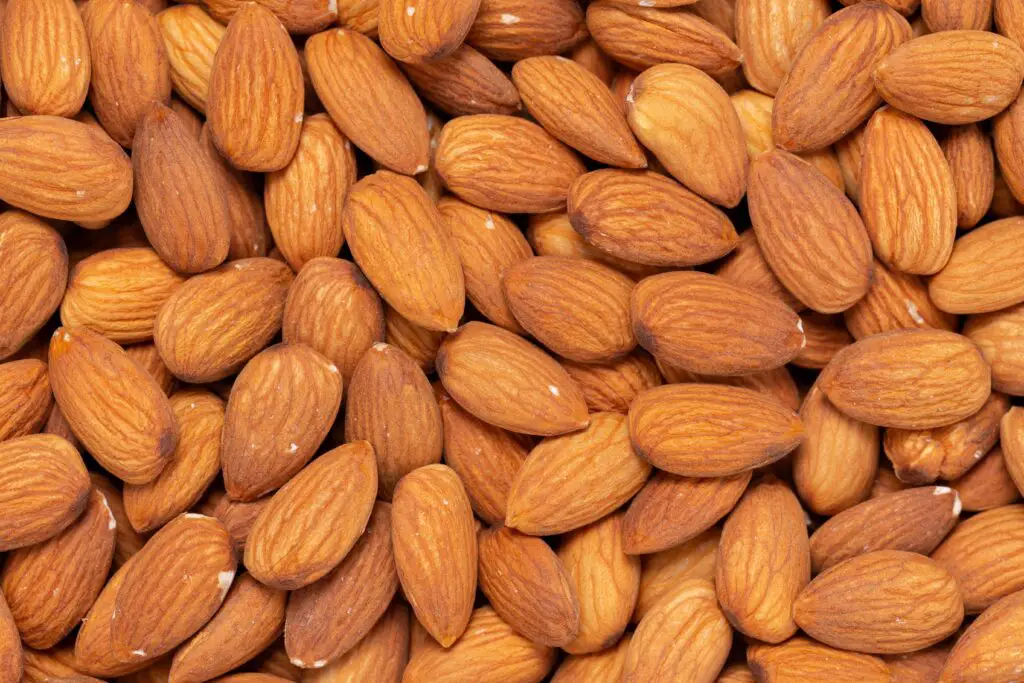
Almonds were once a luxury because growing them required just the right conditions. In the Middle Ages, they were a prized ingredient across Europe, often used in sauces, desserts, and almond milk (yes, even back then!). They were expensive to import and store, so they were mostly eaten by the wealthy or during special occasions. Royals would showcase them in elaborate dishes at feasts.
They also had religious significance and were often used in Lenten meals when animal products were off-limits. Their versatility made them popular, but their scarcity kept them out of common kitchens. It’s hard to imagine now, with almond butter and almond milk being so accessible. But back then, they were culinary gold.
12. Peacocks

Serving peacock wasn’t just about eating—it was about making a statement. In medieval times, roasted peacock would be brought to the table in full feathered display, often with the feathers reattached after cooking. It was more spectacle than sustenance, and only royalty or nobles could afford such a show. It was the centerpiece of grand banquets.
The meat itself wasn’t particularly delicious, but that wasn’t the point. It was all about the drama and the wealth it represented. Eventually, it fell out of fashion as other poultry became more palatable. But for a time, peacock was the most regal dish you could put on the table.
